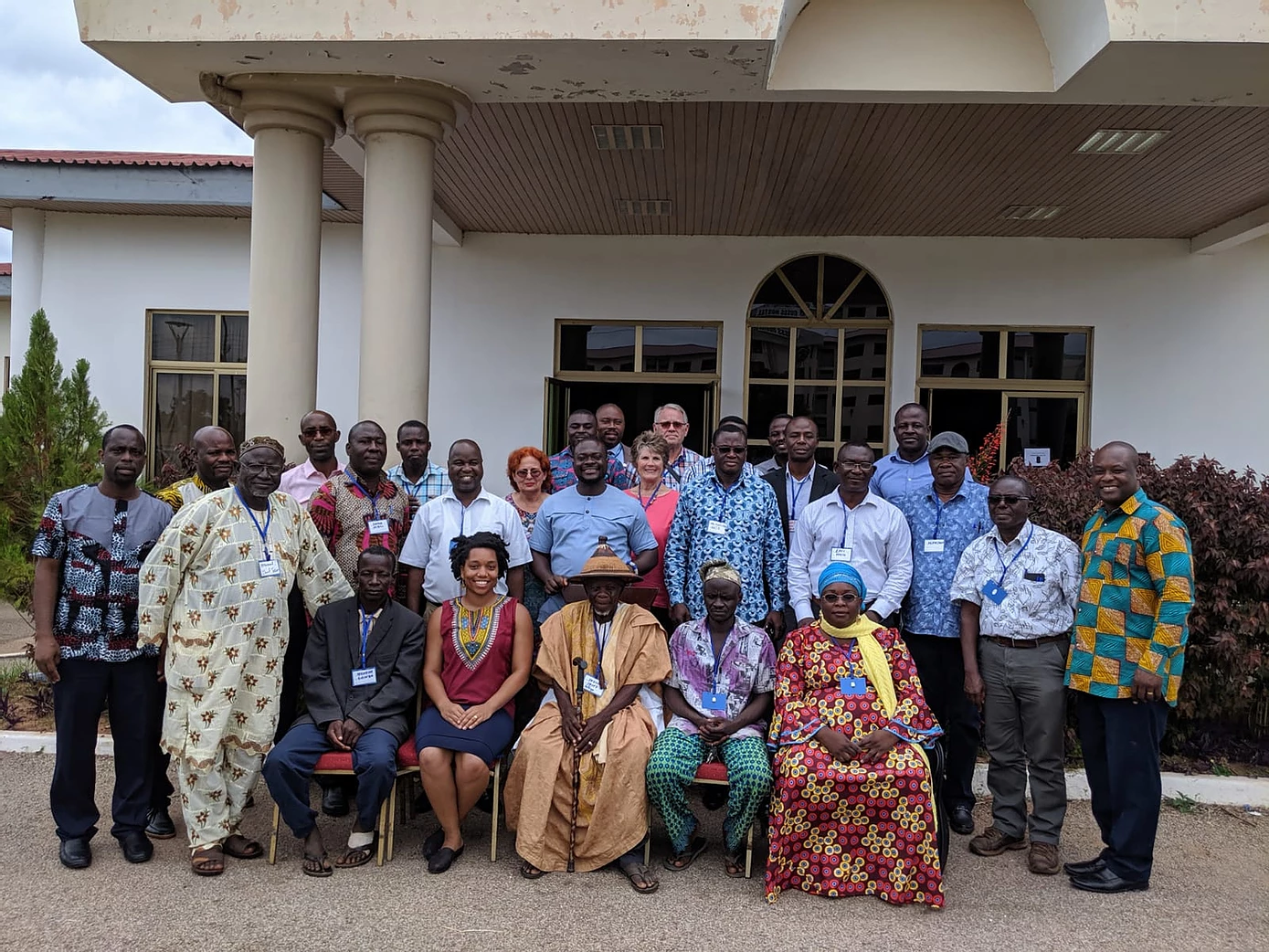Who is marginalized in energy justice?
Destenie Nock is working to bring more perspectives from stakeholders in developing countries into decisions that affect the expansion of their power grid.
An equitable energy transition requires the ability for multiple perspectives and participants to have a seat at the energy table. Destenie Nock is working to bring more stakeholder voices into the discussion of expanding power grids in developing countries. She and her co-authors examined Ghana’s developing energy system through the lens of local and national stakeholders in a recent study.
The Ghana workshops revealed that local leaders wanted to use energy transition to fuel economic development and growing the region’s capability to produce stable electricity generation (i.e. nuclear and natural gas power plants). This is in direct contrast with the international push for 100% renewable systems. The contrast the researchers found between local and international priorities for energy development illustrates that international policy makers must work harder to engage and include community stakeholders, if they aim to promote equitable energy access and development.
International efforts to spur and direct the growth and transition of energy systems have attempted to balance equity and energy justice with efforts to curb carbon emissions. This has resulted in international resolutions such as the United Nations’ Sustainable Development Goals (SDGs), including Goal 7.b to “expand infrastructure and upgrade technology for supplying modern and sustainable energy services for all developing countries.”

Source: College of Engineering
Destenie Nock (seated, second from the left) and attendees of an energy stakeholder workshop in Ghana.
While environmental sustainability is important, more work needs to be done in analyzing how global goals support or conflict with local objectives. Within the context of Sub Saharan Africa—where more than 600 million lack access to electricity—analyses need to include unique characteristics such as resource constraints, supply shortages, and the predominance of informal economies. Nock, an assistant professor of civil and environmental engineering and engineering and public policy, believed that these factors could best be incorporated by soliciting the input of the local stakeholders they affect.
The project began about two years ago with a focus on Ghana’s developing electrical grid. The team identified groups of stakeholders from local and national government, academia, non-governmental organizations (NGOs), energy production, utility management, business leadership, and community stakeholders such as local chiefs. They designed a three-step process of surveys, workshops, and follow-up interviews with the intention of informing quantitative energy modeling for more equitable development.
The responses they received illustrated how the priorities of local stakeholders can differ from those of the international community. Though the stakeholders were not inclined toward aging technologies like coal power, they did not express the same emphasis on environmental goals as international organizations, such as mitigating global greenhouse emissions. Local stakeholders said the primary goal for Ghana’s energy transition should be access to large-scale energy technology that could provide for the growth of local industry and manufacturing, while expressing concern toward the reliability of cleaner renewables like wind and solar. Small modular nuclear reactors were also a point of interest for many. As Nock and her co-authors write, in developing energy systems “the overarching conclusion is the need for stakeholder engagement throughout the planning, policy, and implementation process.”
The method they outline for soliciting and incorporating the interests of local stakeholders demonstrates a more equitable way of social and economic development. Their findings suggest that a re-evaluation of international goals for energy development that gives greater consideration to local stakeholder preferences would likely provide a more equitable energy landscape with long term solutions for increasing energy-access.
“I hope that in the future energy transition will focus on empowerment of local government to direct their own strategies around energy development,” said Nock. “By bringing together multiple stakeholders, we can find sustainable energy transition pathways that locals are truly invested in.”
